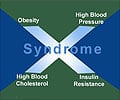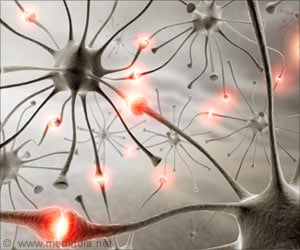A single protein called estrogen-related receptor gamma can be used in regenerative and developmental medicine and also to address defects in learning and memory.

Ronald Evans, director of Salk’s Gene Expression Laboratory said that this was all about getting energy where it was needed to ’the power plants’ in the body and the heart and muscles needed a surge of energy to carry out exercise and neurons need a surge of energy to form new memories.
Energy for muscles and brains, the scientists discovered, is controlled by a single protein called estrogen-related receptor gamma (ERR). Evans’ research group has previously studied the role of ERR in the heart and skeletal muscles.
Evans and his collaborators noticed that ERR in live mice was most active in the hippocampus, an area of the brain that is active in producing new brain cells, is involved in learning and memory and is known to require lots of energy. They wondered whether ERR had a direct role in learning and memory.
While mice without the protein had normal vision, movement and balance, they were slower at learning how to swim through a water maze and poor at remembering the maze on subsequent trials compared to mice with normal levels of ERR.
Liming Pei, lead and co-corresponding author of the paper, said that what they found in mice was that missing ERR were basically very slow learners and varying levels of ERR could also be at the root of differences between how individual humans learned.
Advertisement
Source-ANI













